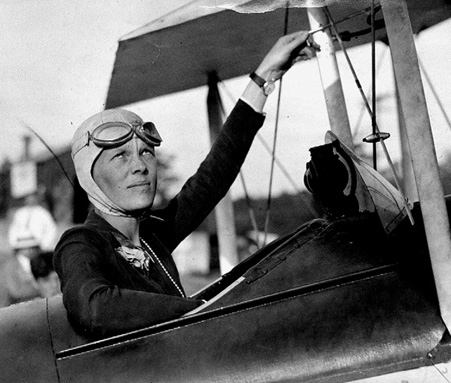
A FAMILY AND CHILDREN’S CONCERT
“The world’s greatest classical music brought together with a stunning visual display that’s out of this world !”
“This concert bridges classical music and science education, teaching children across disciplines. This is more than entertainment – it creates something new in the world of education, science and music.”
Dr. Julian Crocker, Superintendent,
San Luis Obispo County Office of Education

“It was a truly OUTSTANDING
W. Reil, NASA Caltech Jet Propulsion Laboratory Solar System Ambassador
children’s concert today. It was exciting seeing and hearing the energized students and their caring teachers. The visuals were spectacular!
Michael was stunning in his personal connection with the audience and speaking directly to the children.”

“Michael Nowak created a magical sound experience combining music and visuals around the theme of Outer Space for our Family Concerts series. The audience – parents and children – were delighted and engaged and the performance was a great success. The musicians, too, were enthusiastic about the program.”
Andrea Laguni, Los Angeles Chamber Orchestra

“The concert is masterfully crafted with deep understanding of children’s souls. It makes them listen to classical music, listen to Michael Nowak’s knowledgeable explanations. It adds the most beautiful visual dimension to the words and the music.”
E. Von Franque, Artistic and Music Education Advisor
A magical sound experience like nothing you’ve ever heard or seen before!
Take flight throughout time and space with this musical delight of sight and sound.
Travel through time and see the birth of the flight of the human imagination and the destinations to which it has taken us, accompanied by some of the greatest pieces of music the world has ever known.
Magic, mystery, and music will take you to the edge of the universe and back again. Light up your imagination and launch into infinite possibilities.
Program Notes
Engaging children in an appreciation of the science of the universe in combination with some of the world’s greatest classical music heightens their learning ability, their sense of wonder, and opens the doors to higher learning.
NASA graciously makes available all the photos from the Hubble and Spitzer telescopes used in this program. The history of flight and the flight of imagination throughout human history offer an inspiring framework from which the music soars.
Since our earliest times, humans have looked to the sky with wonder and longing. Whether it was the star-studded night sky or the brilliance of the moon, what we saw above us inspired our stories and our science.
Our first teachers were birds, bees, and butterflies. We observed their behavior and did our best to imitate them. The first humans to attempt flight were missing some important information, though. The actual natural forces that enable a body to lift off into the air and take flight were unknown. Once we learned those, the sky was the limit, or more precisely, the edges of the galaxy.
Humans have a great love for adventure, both physical and artistic. The story of the history of human flight and the flight of our imagination can be told with some of the greatest pieces of music ever created. Composers such as Tchaikovsky, Beethoven, and Ravel take our imaginations to far-flung places in the universe as well as right here on our own home planet, Earth.
In this concert, students will enjoy traveling to the vast reaches of space as brought to us by the great Hubble and Spitzer telescopes accompanied by Tchaikovsky’s Serenade for Strings.
Next, we get our feet back on the ground as we observe our winged friends, the birds, butterflies, and bees to get a glimpse of our earliest inspirations for flight, accompanied by the opening movement of Beethoven’s Pastoral Symphony. He shares his delight in being in the natural world through this piece.
Then, we give it a try, designing and constructing wings of all shapes and sizes. Historical footage of early attempts at flight are accompanied by the theme from E.T. by John Williams.
Once humans figured out that lift was needed to become airborne, we reached for the moon and planets. Our grandest planet, Jupiter was named after the Roman king of the gods. This imposing gas giant has 69 moons and has been the destination of multiple NASA missions. It is one of the inspirations for the orchestral suite by Gustav Holst.
Ravel’s Fairy Garden is a wistful and fitting theme for a video retrospective of the great natural inspirations, and the brave and inventive people whose contributions made it possible for humans to reach the stars which continue to amaze us to this day.

© All Rights Reserved Zette Harbour ZetteHarbour.com 2017
P.O. Box 6929 Los Osos, CA 93412 (805)441-6688 zetteharbour@gmail.com
